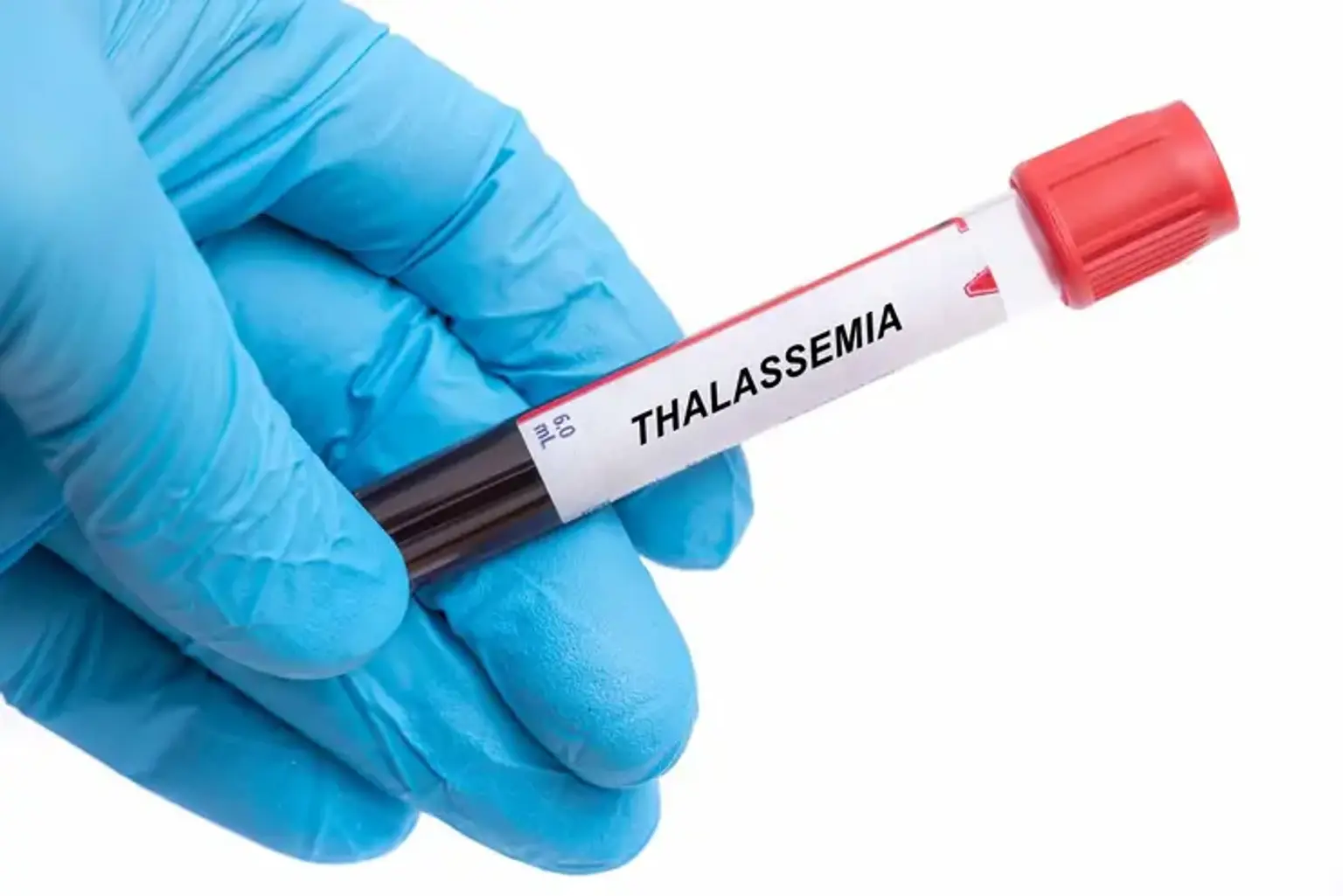Thalassemia
Overview
Thalassemia is a diverse collection of blood diseases that disrupt the hemoglobin genes, resulting in inefficient erythropoiesis. Anemia develops as a result of reduced hemoglobin synthesis, and regular blood transfusions are necessary to maintain hemoglobin levels. This exercise discusses the diagnosis and treatment of thalassemia, as well as the importance of an interprofessional team in the care of individuals with this illness.
